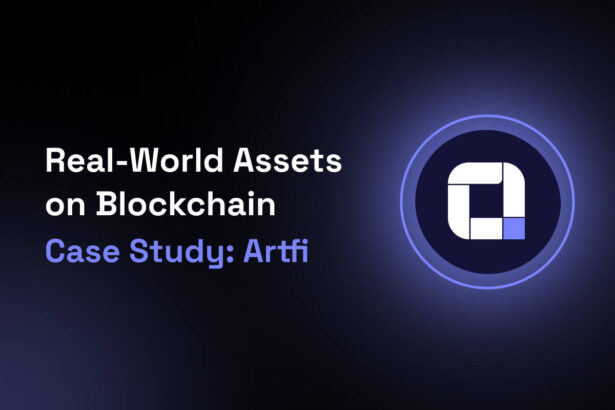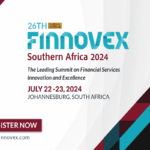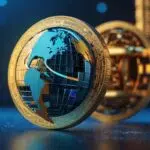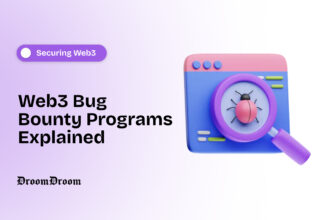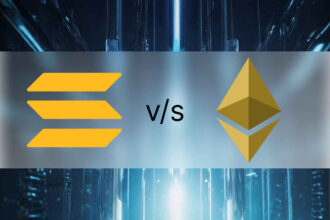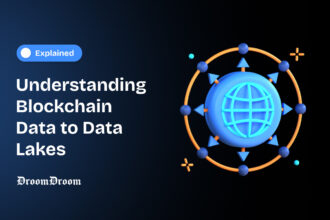Real-world assets (RWAs), either tangible or intangible, include a wide range of assets – from physical items like art and real estate to financial instruments such as stocks and bonds. All of which can be tokenized into digital tokens on the blockchain.
Real World Assets on Blockchain are transforming the game in how we invest by offering increased liquidity, transparency and accessibility. By turning things like art and real estate into digital tokens, it lets more people own parts of these typically exclusive assets. In other words, allowing fractional ownership and democratizing access to these traditional asset markets.
Among the foremost companies leading this domain, Artfi stands alone in its innovative approach of intersecting art and blockchain to democratize the traditionally exclusive art market.
By tokenizing high-value artworks, Artfi not only makes art investment more accessible but also integrates these assets into the DeFi ecosystem–ultimately making possible innovative use cases such as obtaining loans against art pieces, or investing in tokenized real estate for passive income.
Let’s explore Artfi’s role in advancing real world assets on blockchain tokenization, the multi-faceted benefits it offers, and the broader impact on the art market and DeFi.
Artfi’s Innovative Approach to Real World Assets on Blockchain
Artfi has disrupted the art investment sector by using real world assets on blockchain technology to tokenize high-value artworks. The art market innovator’s process involves:
- Meticulously selecting high-value artworks with impeccable provenance and rigorous evaluation.
- Then, those selected artworks are digitized and tokenized on a blockchain platform to ensure fidelity and security.
- Later on, these tokens are then divided into smaller fractions for multiple investors to own a portion of the artwork.
- Ultimately, Artfi provides a dynamic marketplace for trading these tokens, integrating with major cryptocurrency exchanges to enhance liquidity.
Undoubtedly this approach addresses several key challenges that are existing in the art market today – such as high entry barriers, illiquidity and lack of transparency. It can arguably be said that Artfi provides several transformative advantages such as:-
Enhanced Liquidity
The illiquidity of traditional art investments often means a significant loss in value when sold pretty hastily. Artfi’s model supports 24/7 trading of art tokens to increase liquidity of real world assets on blockchain.
Wider Accessibility
Artfi lowers the financial threshold for art investment as the digital art venture invites an extensive array of investors into the world of real world assets on blockchain.
Unmatched Transparency
The blockchain serves as an immutable ledger that meticulously records each transaction and ownership change – which ultimately enhances security and authenticity for real world assets on blockchain.
Market Democratization
By allowing retail investors to engage, Artfi breaks down barriers traditionally faced by non-elite investors, democratizing access to real world assets on blockchain.
These benefits do more than just attract investors – they create a more stable and predictable market environment.
Impact and Innovations: A Closer Look at Artfi’s Initiatives
A key case study in Artfi’s impact is the tokenization of Joan Miró’s “Peinture (Femme au Chapeau Rouge),” valued at $28.7 million. This incredible project allowed thousands of investors to claim a stake in a prestigious artwork, thus bringing about a communal investment ethos through real world assets on blockchain.
Further strengthening the stage of investor relations, Artfi has developed a knowledge hub and an ambassador program to educate and engage prospective investors.
Challenges and Artfi’s Solutions
Despite its innovative approach, Artfi faces several challenges that are common to the Real World Assets on Blockchain sector:
1. Regulatory Compliance: Ensuring compliance with diverse regulatory frameworks across different countries is extremely complex.
-Artfi addresses this by engaging with legal experts to walk through these intricacies.
2. Custodial Issues: Safeguarding the physical artwork while its digital tokens are traded poses a logistical challenge.
-Artfi’s solution includes maintaining a secure, centralized custodial service in Dubai that ensures the physical assets are protected and insured.
3. Market Acceptance: Gaining trust and acceptance from traditional art collectors and investors requires demonstrating the security and benefits of this incredible technology.
-Artfi’s educational initiatives and transparent operations help build this trust.
Broader Implications for DeFi and Beyond
The integration of RWAs into DeFi platforms definitely creates a mark of significance in the financial ecosystem. By tokenizing physical assets like art, DeFi platforms can offer diversified investment opportunities, reduce volatility and attract traditional investors.
Conclusion
Artfi truly showcases what blockchain can do when it comes to reshaping traditional markets with real world assets on blockchain tokenization. By tackling some core inefficiencies in the market and rolling out solid solutions, Artfi isn’t just making a mark in the digital economy – it’s also paving the way for new innovations across different asset classes.
The success of Artfi’s model truly proves just how crucial it is to have the right legal frameworks, stay ahead with tech, and provide comprehensive market education. It’s all about making the most of what blockchain has to offer for real world assets on blockchain.
